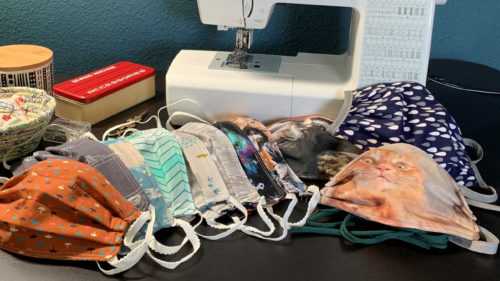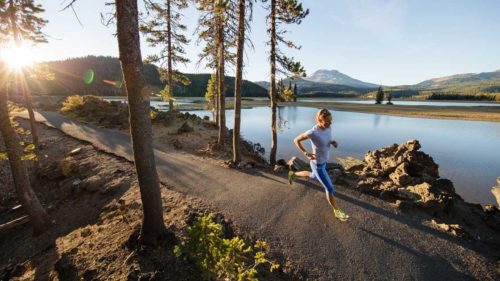Welcome to the DIY phase of quarantine, when many of us have succumbed to at-home haircuts, beauty regimens, bike repairs and caffeine fixes with varying degrees of success. As most businesses are closed and Oregonians shelter in place, many of the services we usually rely on experts for have never seemed more vital. Never fear — we’ve rounded up pros from across the state to offer some quick and easy tips on how to avoid becoming a DIY “fail” meme in the self-care department. So go forth and soldier on — and know that no matter the result of our home experiments, we’re all in this together.
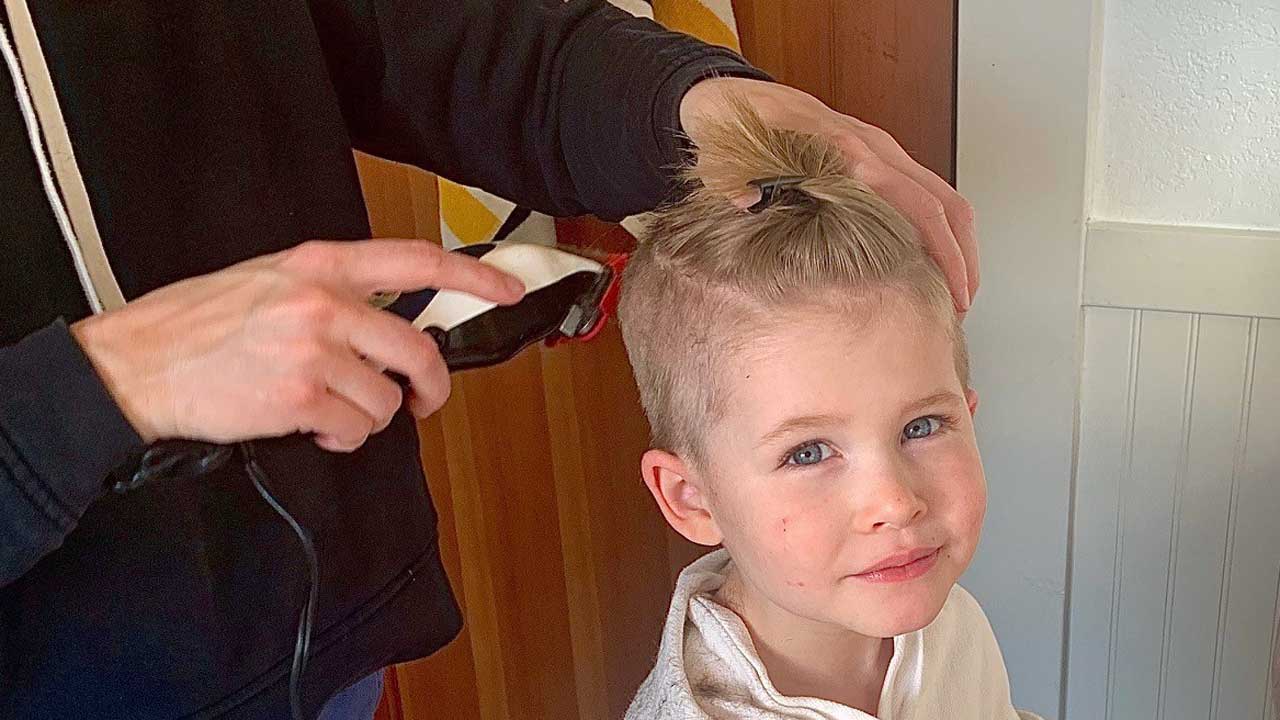
Cutting and Coloring Your Hair
As the weeks of quarantine wear on, “we’re reaching a boiling point” when it comes to hair care, says Tricia Gray. The longtime hairstylist at Transformations Salon in Portland has adapted her business to take phone and video calls from frazzled clients needing to cut, color or salvage their unintentional ’dos into something that will help keep their confidence and sanity intact during this stressful time.
“Through the recession and different bouts of emotional roller coasters, your hair is something you can change and gives you a different perspective,” says Gray, who has worked with some of her clients as long as 16 years. “Hair builds your confidence, gives you a change, makes you feel kept [up]. Right now everyone needs to feel good one day to the next.” There’s also the close relationship with your hairstylist-slash-therapist that you may be missing. Gray has been reaching out to her clients to reconnect. If you’re ready to take your hair into your own hands, here are Gray’s top tips:
For cuts
Anyone with longer hair or bangs should start by making small sections and trimming slowly, with sharp manicure or fabric scissors. Those with shorter hair may use clippers with a guard attachment to keep from seeing bare scalp if that’s not the look you’re going for. “Be conservative at first, then do more if you want to go for it,” Gray says, adding that it’s best to get a partner’s help if possible — or call your stylist to ask about a video tutorial, which has been a lifesaver for some of her clients.
For color
Gray suggests keeping it basic, using a nonpermanent color. She has been ordering color products for clients and delivering it to their doors with a little kit for using it at home. To hide root growth, there are root-spray products that wash out and work great in a pinch. Dry shampoo helps keep hair healthy. Her biggest caution during this time is to avoid bleaching.
For kids’ hair
The safest way to trim hair to keep it out of their eyes is by using a shaving razor to take the tips off, Gray says. She recommends not using scissors or clippers, which can hurt if kids wiggle. If worse comes to worst, she says, a stylist can fix a cut when business resumes. And besides, they may end up with a trendy look: “Kids getting bowl cuts is kind of a thing now.”
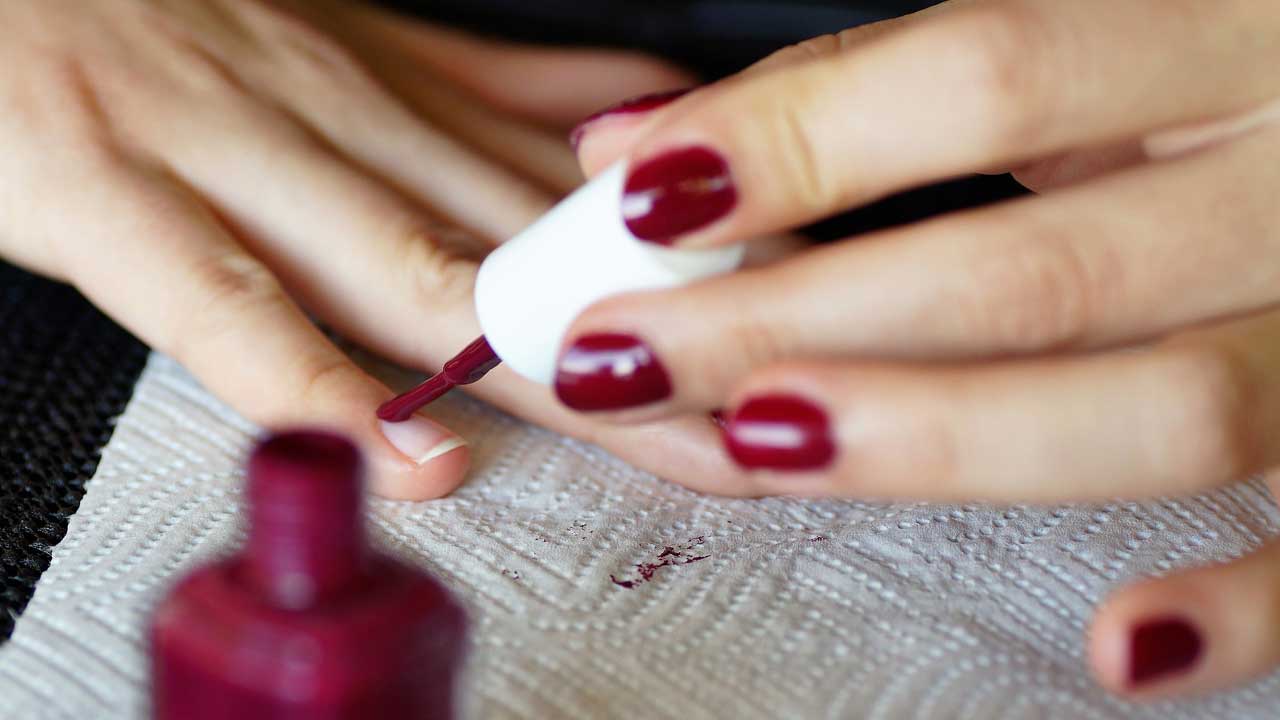
Managing Your Skin and Nails
Under normal circumstances, Tara Calton keeps busy managing beauty treatments for guests at The Allison Inn & Spa in Newberg. These days, however, she and others on the spa team have been helping staff of the property’s Jory Restaurant provide meals to those in need in the community.
In between, Calton is answering calls for emergency beauty advice from family and friends who can’t visit their local salons during quarantine. It’s about more than just pampering for vanity’s sake — it’s a matter of well being. “Sometimes hands and nails are a way people make a statement about themselves,” says Calton, director of the spa, which opened in 2009. “Other times our tailored manicures are simply a way to help us feel more confident. Unfortunately, there is so much pressure to look good or look younger these days. As our face and hands begin to age, it’s one of the easier areas of the body to beautify and highlight.” Here are Calton’s top tips for maintaining a simple beauty regimen at home:
For nails
Calton suggests using these weeks to give your nails time to breathe, and avoid products like gel and shellac manicures, which thin and dry out the nails. It’s even good to stay away from polish except for a nourishing base coat. She advises moisturizing your hands frequently — they’ll likely need it with so much washing. Her favorite product for cuticle health is Solar Oil by CND. Coconut oil also works in a pinch.
For those who are struggling with how to deal with their high-maintenance existing gel manicures, Calton says, the best way to remove them without damaging your nails further is to soak the nails in acetone, such as any household polish remover with an acetone level of 80% or higher. After the nails soak for about five minutes, gently push the polish with some sort of tool that isn’t too sharp, like the edge of a small spoon or the dull end of your tweezers, and carefully remove the gel nails.
For at-home spa rituals
Calton is a big proponent of warm, comforting baths to help relieve anxiety. “Light your favorite candle and play some serene music,” she says. “And go on, pour a small glass of wine and sip in the tub — just don’t forget to hydrate before and after.” She suggests looking in your kitchen for natural bath balms such as sprigs of fresh rosemary or mint, granulated raw oats, sea salt or essential oils if you have them.
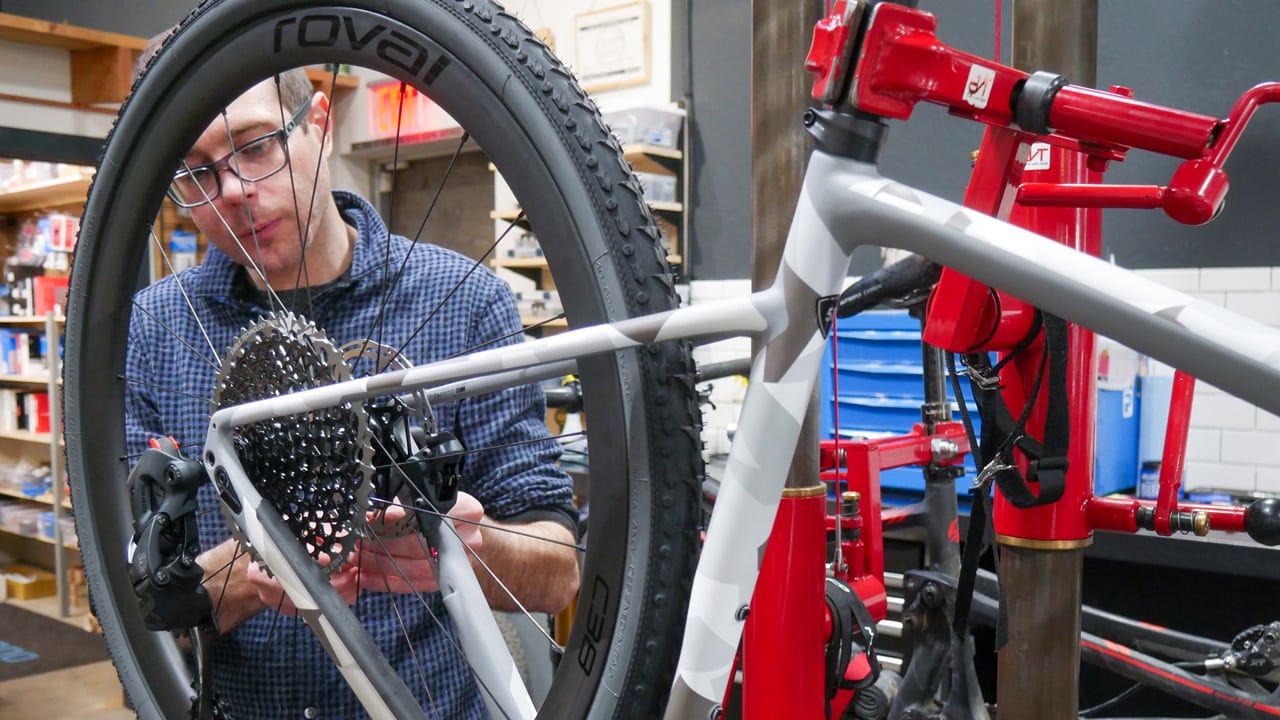
Checking Your Bike
With so much leisure time, Oregonians of all ages have been hopping on their bikes to explore their neighborhoods, both for physical and mental wellness. That means local bike shops — which remain open because bikes are considered essential transportation infrastructure — have been busier than ever.
That suits John Frey just fine. The lifelong cyclist owns Project Bike in Bend — a community-focused bike shop with rentals, a range of bikes and plenty of adventure inspiration. “Even when I just hop on my cruiser after work and ride around town, I’m inherently away from technology and screens, and it allows me to sift through the noise and chatter of the day and collect myself,” he says. “Having that daily dose of a 20-minute spin is massively helpful in dealing with the chaos.”
Like many bike shop owners, he’s adjusted his business for curbside pickup and call-ahead repairs. He’s also added a hand-sanitizing station at the front of the store, with no more than three customers allowed inside at once. For those just dusting off their bikes, Frey recommends taking these steps to ensure a safe and happy ride:
- First check your steering system by looking at it from the front (with the wheel between your legs) and twisting the handlebars from side to side to make sure they don’t turn independently of the wheels. If they do, that’s a red flag.
- Next check the brakes to make sure they’re working properly — while you’re in a safe area, out of traffic and away from hills.
- Then check the drive system. That’s where a chain connects the front chain ring to the rear cassette. If a chain is loose or has come off, it’s a safety hazard.
- Finally, examine your wheels. Use a hand pump to add air to the tires and make sure there are no cracks or holes, which can happen as tires dry out over time, giving you a flat tire.
If you find any of these problems and can’t repair them at home, call your local bike shop, where staff will be happy to help. Just to be safe, Frey says, “we should all be riding within our means right now,” so no wheelies or gnarly trails if you’re not used to them. “Worst-case scenario,” he says, “is a long walk home instead of a short bike ride.”
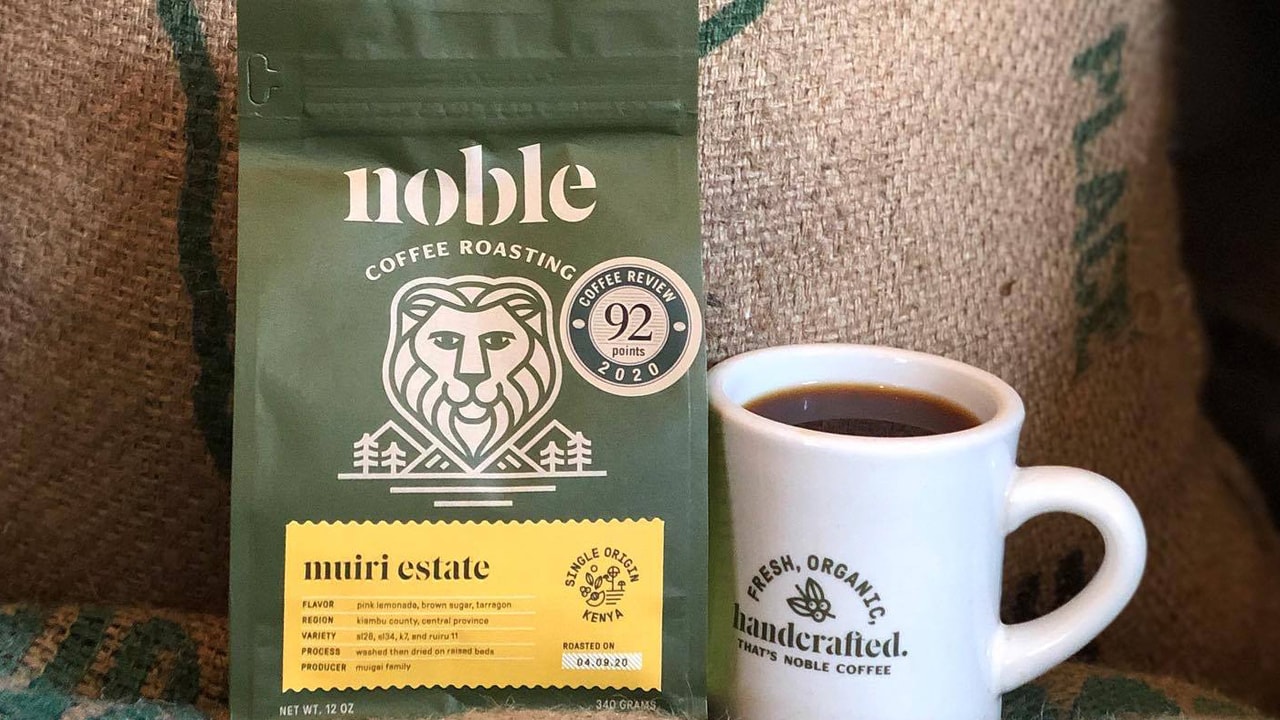
Brewing a Great Cup of Coffee
Jared Rennie is the first to admit that coffee can be expensive when you go out, “but you can make the best coffee in the world at home, and it’s super cheap.” The owner of Noble Coffee Roasting in Ashland knows how important this soul-soothing, sanity-saving elixir is in people’s lives, especially these days.
“There is something about it that is just super comforting,” says Rennie, who’s adapted the shop to takeout-only orders, with full sanitary and social-distancing measures in place. “A lot of people have a sense of family attached to it. And just something warm in your hand is really sweet, too.”
Rennie, who started in the business by making coffee in his garage 20 years ago, has a few surefire tips to brew a fantastic cup at home until your local shop is once again part of your daily routine.
Buy the highest-quality coffee you can afford
Noble Coffee has racked up numerous awards, including a “Best Coffee” in Oregon ranking by Food & Wine in 2018 and an April 2020 Coffee Review score of 92 on one of its top blends. Like many Oregon roasters, the shop ships its fresh-roasted organic beans across the country (offering subscription boxes, too), and has seen a huge rise in sales since the quarantine began. Check with your local roaster or find a new Oregon roaster to try at home. Rennie advises buying certified organic for the highest quality. And spending more on coffee beans really does make a difference, as the price typically reflects the wages paid to the farm workers. High-quality beans typically run about $20 per pound. Another tip: Beans are best brewed and enjoyed a week to a month after roasting, so check the roast date, which is stamped on each package by conscientious roasters.
Use proper technique
For the best results, grind your beans just before you brew. Start with clean water — ideally filtered — and use a coffee maker that brings the water to just below boiling, about 200 degrees. If you have a food scale, use it to weigh the beans for a more precise measurement than a scoop. Rennie recommends a ratio of 2 grams per 1 ounce of water, in general.
If you want to get geeky and kick it up a notch, there are plenty of resources for aspiring home baristas. See Noble’s “education” page on its website, with guides to French press, Chemex and other brewing systems, and links to fancy kettles and other equipment, also great for tea. Consider signing up for a coffee education class at Noble or your favorite roaster when businesses reopen.
